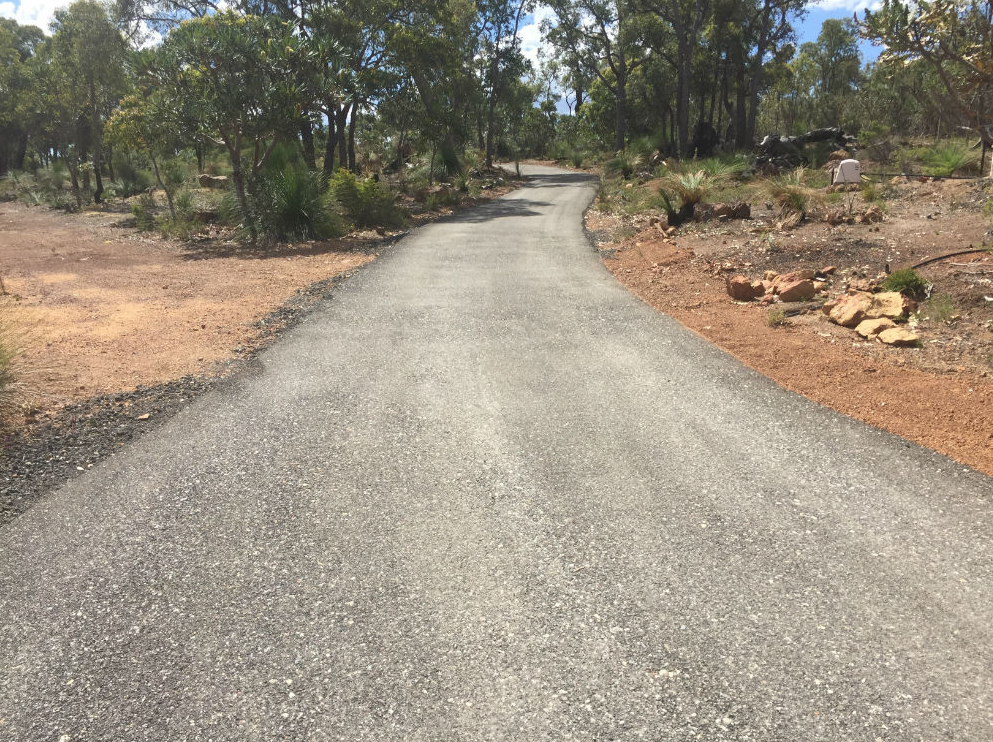A well-maintained driveway not only enhances the aesthetic appeal of your property but also ensures safety and functionality. Over time, wear and tear can take a toll on your driveway, raising the question of whether it needs resurfacing or a completely new asphalt surface. For property owners in Shepparton, VIC, understanding the signs of damage can help you make an informed decision.
1. Cracks and Potholes
Cracks and potholes are among the most visible signs that your driveway needs attention. Small cracks may only require minor repairs, but extensive cracking or multiple potholes can indicate deeper structural issues that warrant resurfacing or a new surface.
- When to Resurface: If the damage is limited to the surface layer.
- When to Replace: If the cracks are deep or the potholes expose the base layers.
2. Faded Appearance
Exposure to UV rays and weather conditions can cause asphalt to fade over time, making it look old and worn out. While fading is mainly a cosmetic issue, it may also indicate that the surface has lost its protective sealant.
- Solution: Resurfacing can restore the aesthetic appeal and add a protective layer to prolong the driveway’s life.
3. Drainage Issues
If water pools on your driveway after rain, it could mean the surface has developed uneven spots or lost its proper grading. Poor drainage not only affects usability but also accelerates damage to the asphalt.
- When to Resurface: If the pooling is minor and confined to a small area.
- When to Replace: If the drainage issues are widespread and affecting the structural base.
4. Frequent Repairs
If you find yourself frequently patching cracks or filling potholes, it might be time to consider resurfacing or replacing the asphalt entirely. Continuous repairs can become costlier over time and may not address underlying issues.
- Cost-Effective Solution: Resurfacing provides a fresh layer of asphalt, eliminating the need for constant repairs.
5. Surface Depressions
Depressions or low spots on the driveway surface can collect water and lead to further damage. These depressions often indicate issues with the subbase, which may need to be addressed before resurfacing.
- When to Resurface: If the subbase is stable and the depressions are shallow.
- When to Replace: If the subbase is compromised.
6. Age of the Driveway
The lifespan of an asphalt driveway is typically 15–20 years, depending on usage and maintenance. If your driveway is nearing or past this age, it may be time to consider resurfacing or a complete replacement to ensure its continued functionality.
- Resurfacing: A good option for extending the life of an aging but structurally sound driveway.
- Replacement: Necessary if the driveway shows signs of significant deterioration.
7. Increased Traffic or Usage
If your driveway is now handling more traffic or heavier vehicles than it was originally designed for, it might require resurfacing or reinforcement to accommodate the increased load.
- Upgrade: Resurfacing with additional layers of asphalt can enhance durability and load-bearing capacity.
Conclusion
Knowing when to resurface or replace your driveway is crucial for maintaining its appearance, safety, and functionality. If you notice cracks, drainage issues, or frequent repairs, it’s time to assess the condition of your driveway and take action. For property owners in Shepparton, VIC, professional asphalt surfacing and resurfacing can ensure a durable and visually appealing driveway. Contact Shepparton Road Tech today to discuss your driveway needs and find the best solution for your property. Let us help you enhance the longevity and performance of your driveway with expert care and quality services.
Call us on: 03 5907 5891
Click here to find out more about Shepparton Road Tech
Click here to complete our contact form and see how we can help with your road needs.

